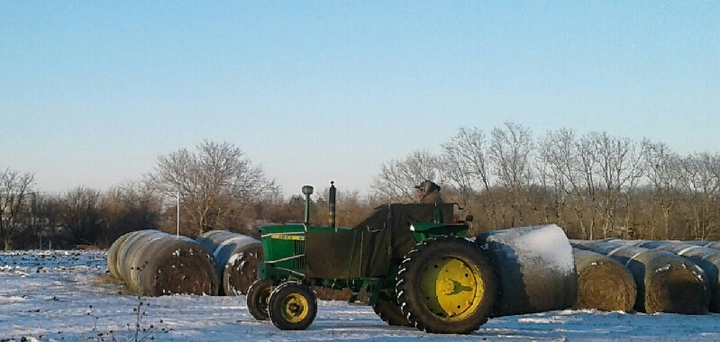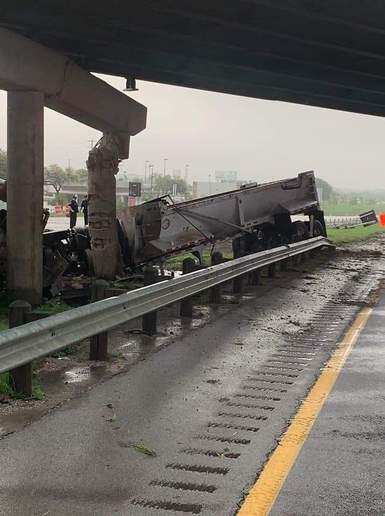Gentlemen,
I have a 2013 Subaru Forester. Three months ago, I gashed one tire on a curb (at speed) and replaced just that tire with the same size, but different brand of tire. The other three tires are original and have about ? of their useful life left.
It just came to my attention that the Owner?s Manual specifies all four tires should always be replaced simultaneously to avoid mismatched rotation speeds, which could damage the center differential (the one in the transmission/transfer case that accommodates speed differences between the front and the rear). Conceptually, I knew it could be an issue, but I really didn?t think that tread wear difference on the same size tires would be enough to cause a problem. Now, I am seeing things online that suggest otherwise.
Per the link at the bottom, Tire Rack indicates Subaru?s spec is within ? inch of tire circumference or 2/32 tread wear. On my car, as far as I can tell, the difference between the new tire and the originals is probably about twice that. The attached driver?s side pic shows the difference in rotation that accrued over approximately 150 feet of straight driving. By my math, it seems the rear probably does about 5 more rotations per mile than the front (which is around 1%). For reference, I?ve also attached a pic of the passenger side after the same 150 feet of driving; surprisingly well-matched.
I suppose I ought to suck it up and do something about it (either have the new one shaved or get four new tires on the car). Before I leap, I figured I might check around to see if anyone knows if the Spec/Owner?s Manual is a spook story to sell tires, or if that much mismatch really can damage the car.
Thanks,
Neil


Untitled URL Link
I have a 2013 Subaru Forester. Three months ago, I gashed one tire on a curb (at speed) and replaced just that tire with the same size, but different brand of tire. The other three tires are original and have about ? of their useful life left.
It just came to my attention that the Owner?s Manual specifies all four tires should always be replaced simultaneously to avoid mismatched rotation speeds, which could damage the center differential (the one in the transmission/transfer case that accommodates speed differences between the front and the rear). Conceptually, I knew it could be an issue, but I really didn?t think that tread wear difference on the same size tires would be enough to cause a problem. Now, I am seeing things online that suggest otherwise.
Per the link at the bottom, Tire Rack indicates Subaru?s spec is within ? inch of tire circumference or 2/32 tread wear. On my car, as far as I can tell, the difference between the new tire and the originals is probably about twice that. The attached driver?s side pic shows the difference in rotation that accrued over approximately 150 feet of straight driving. By my math, it seems the rear probably does about 5 more rotations per mile than the front (which is around 1%). For reference, I?ve also attached a pic of the passenger side after the same 150 feet of driving; surprisingly well-matched.
I suppose I ought to suck it up and do something about it (either have the new one shaved or get four new tires on the car). Before I leap, I figured I might check around to see if anyone knows if the Spec/Owner?s Manual is a spook story to sell tires, or if that much mismatch really can damage the car.
Thanks,
Neil


Untitled URL Link

